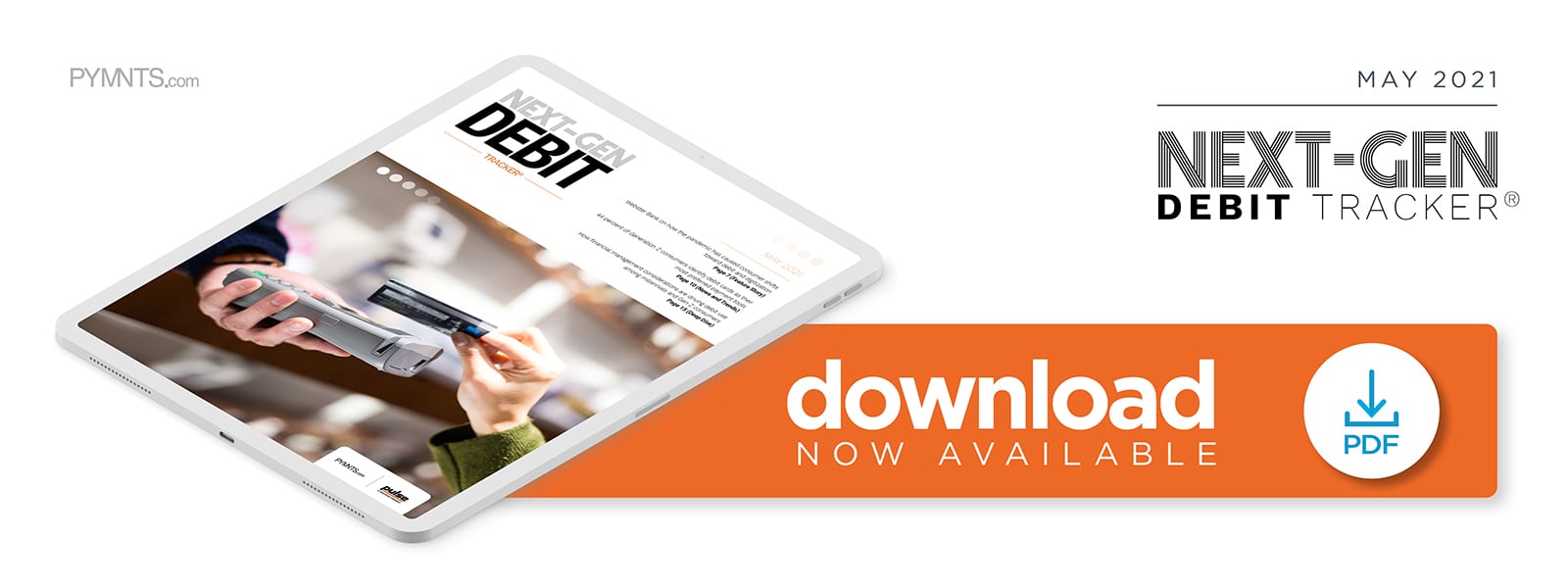Deep Dive: Examining The Factors Driving Debit Use Among Millennials And Gen Z Consumers


Consumers have different payment preferences depending on which stage of life they are in and what their current financial goals may be.
Studies have found that millennials between the ages of 25 and 40 and Generation Z consumers between the ages of 18 and 24 tend to prefer debit, while older generations often prefer credit. Millennial and Gen Z consumers average 14 percent fewer credit cards than adults over the age of 35, in fact.
Millennial and Gen Z consumers prefer to use debit rewards programs as they experience many firsts — such as buying their first cars, being hired for their first jobs and having their first children — and they are often looking for financial partners that can support them through these stages with flexible rewards options. These tech-savvy digital natives also prioritize mobile and digital payment options, especially mobile wallets and contactless cards.
Each generation’s payment preferences reflect their life experiences, and banks have the opportunity to put the right products in front of them to meet their needs every step of the way. The following Deep Dive examines the factors that drive the use of debit among millennial and Gen Z consumers and how they choose to pay.
Debt Wariness And Obstacles To Credit
More mature U.S. consumers tend to value credit because they have used it in the past to afford expensive purchases, such as buying a car or a home. Millennial and Gen Z consumers have been most impacted by financial crises, including the Great Recession of 2008 and 2009 and the past year’s pandemic, which both devastated many individuals’ credit and caused unemployment rates to skyrocket. The pandemic prompted credit card issuers to scale back credit lines, and consumers have become more at risk of being delinquent on credit card payments.
A survey of more than 2,000 U.S. adults reported that 14 percent of those between 18 and 34 years old described their credit profiles as “limited/no credit history/score,” while only 2 percent of consumers older than 35 said the same. Many debt-wary millennials and Gen Z consumers are eschewing credit for debit and are therefore slower to build their credit scores.
There are several other reasons why it has been difficult for younger consumers to obtain credit cards. The formidable credit card owning restrictions of the 2009 Credit Card Accountability Responsibility and Disclosure (CARD) Act made it even harder for Gen Z individuals to obtain credit cards. The CARD Act required consumers under the age of 21 to obtain a co-signer before applying for a credit card or show proof of independent income. Credit card companies were also required to evaluate new applicants’ “ability to pay” before approving them for cards.
The number of college affinity credit cardholders dropped 40 percent between 2009 and 2012, according to the Government Accountability Office (GAO). This was due to issuers no longer marketing to students on campus, leaving college-aged consumers to seek out credit cards themselves if they wanted them. Many have also been left in limbo in the past, as nearly 7 percent of Gen Z consumers and more than 6 percent of millennials have had their credit card applications denied.
Budget Concerns
Debit cards help younger consumers spend only what they have, making them less likely to rack up debt. These consumers tend to make less money than their older counterparts and are therefore likely to be more budget-conscious and to look for methods to help manage their finances. This is the same reason why prepaid cards are another popular payment method that helps consumers keep their spending in check and why they tend to select buy now, pay later (BNPL) options most of all generations.
This budget consciousness could explain why more than half of millennials chose more cash back credit cards than other generations, on average, and why they are more likely to choose attractive rewards programs. It could also explain why Gen Z consumers tend to be those least likely to have maxed out credit cards, with just 44 percent having done so. Another study reported that Gen Z was the only generation to name price as their second top brand-loyalty motivator after quality, while it also compared millennials’ frugality to that of their grandparents in the Great Depression era.
A Security-Focused Future
Data breaches are constantly in the headlines, making security more important to consumers of all ages. One study found that 27 percent of millennials chose payment methods based on how safe and secure they are. Debit cards can allay some of these concerns, however, as they can be paired with PINs that customers must punch into point-of-sale (POS) systems to initiate transactions.
Nearly 28 percent of Gen Z consumers were concerned about credit card fraud and scams when applying for new credit cards, on the other hand. Younger generations have reason to be worried, too. Gen Z consumers are the most frequent victims of fraud and identity theft, according to reports gathered by the Federal Trade Commission (FTC), which noted that fraudsters likely target this group for their supposed lack of experience with financial tools.
More and more merchants are beginning to realize that younger consumers have a noticeable appreciation for debit solutions. Merchants and card providers can also do more to help defend these consumers with fraud protection tools and through education on how to better protect themselves from risk if they want to continue to encourage uptake.